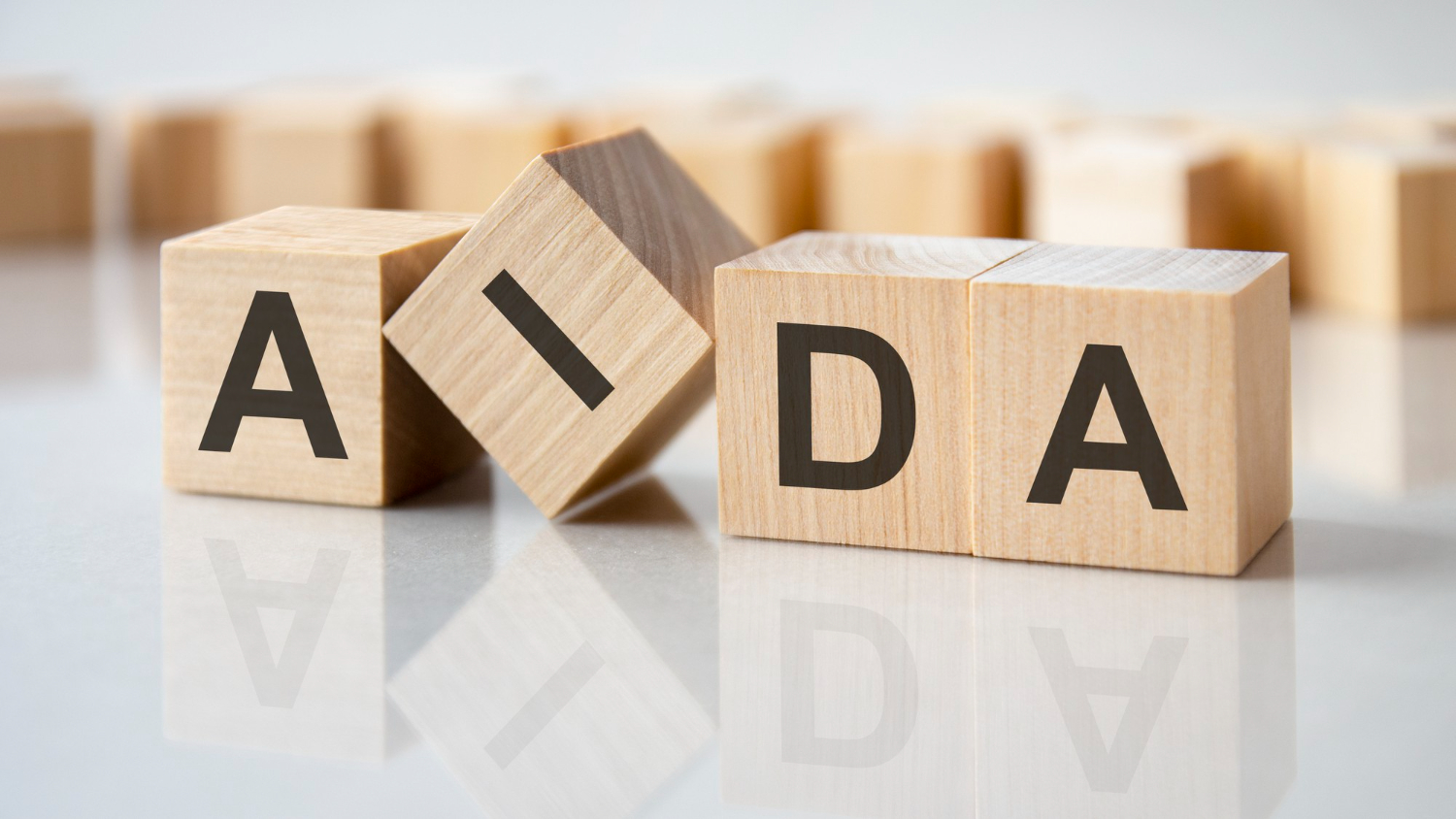CAB Method: Structure Your Sales Pitch Effectively
The CAB method transforms your sales pitch into a structured and compelling argument. This sales technique, based on Characteristics, Advantages, and Benefits, allows you to build a clear presentation that meets your prospects' expectations. Learn to master this proven commercial approach to significantly increase the impact of your arguments and boost your sales performance.
- The CAB method structures a sales pitch by connecting the technical Characteristics of a product/service, its general Advantages, and most importantly, the specific Benefits for the customer.
- The crucial step is translating Advantages into personalized Benefits that show the customer how the offer concretely addresses their needs, problems, or desires.
- Its success depends on good preparation (product and customer knowledge) and the ability to adapt the pitch (the chosen C, A, and B) to the context and audience.
- The CAB method can be strengthened by combining it with other techniques like SONCAS to identify the customer's deep motivations and better target the Benefits.
What is the CAB technique in sales?
Fundamentals of the CAB commercial method
The foundation of successful sales lies in a deep understanding of customer needs. This methodical approach transforms every product feature into a concrete response to the prospect's specific expectations.
A salesperson applying this method naturally structures their pitch around three essential pillars. Take a portable speaker example: its 20-hour battery represents a characteristic, the extended autonomy constitutes the advantage, while the freedom to listen without constraints becomes the customer benefit.
The emotional aspect plays a central role in this approach. The salesperson translates technical aspects into personalized added value, creating an authentic connection with their audience. This approach promotes informed decision-making based on tangible advantages.
Origin and evolution of this technique
Emerging in the 1960s, the CAB method marks a major turning point in the history of sales techniques. This period saw the birth of a new customer-focused approach, moving away from traditional practices centered solely on the product.
The 1970s-1980s profoundly transformed the CAB acronym through the emergence of modern marketing. Companies began to formalize their sales pitches and structure their arguments around customer benefits (as with the AIDA method).
The digital revolution of the 2000s modernized this method. Customer data analysis and artificial intelligence now enable a deep personalization of arguments according to profiles. Marketing teams continually adapt this technique to new sales channels like social media or e-commerce.
CAB method objectives
Building a solid argument serves specific objectives: transforming every customer interaction into a qualified sales opportunity. This strategy establishes trust-based relationships through active listening and open questions.
A salesperson mastering this approach increases their conversion rate by 25% on average. Their ability to identify purchase motivations significantly improves through a simple, adapted vocabulary.
The seller avoids the traps of overselling by focusing on the strengths that are truly useful to their audience. This approach naturally combines with other techniques like SPIN selling or Challenger Sales to maximize the impact of each presentation.
The 3 essential pillars of the CAB method
Characteristics: The foundation of the argument
The first phase of a successful sales pitch consists of presenting the tangible and measurable elements of your offer. These factual data establish a solid foundation for the continuation of your presentation. Take care to select only the information that is relevant to your prospect.
A detailed inventory of technical specifications proves indispensable. For software solutions, for example, document the storage capacity, available features, or compatibility with different systems.
This descriptive part must remain factual and objective. Avoid superlatives or comparisons that could weaken your credibility. The goal is to establish trust based on verifiable facts before addressing the more subjective aspects of your proposal.
Advantages: Competitive differentiation
Transforming characteristics into distinctive advantages represents a strategic step. A performing salesperson knows how to highlight the strengths that set their offer apart from the competition. For example, a 20-hour battery becomes a unique selling argument against standard market models.
Ease of use and material quality constitute powerful levers for convincing. These elements allow the seller to demonstrate their product's superiority over available alternatives.
The salesperson's expertise reveals itself in their ability to emphasize their offer's exclusive assets. Empathy combined with a deep market knowledge reinforces their argument's credibility and facilitates the prospect's decision-making.
Benefits: Direct customer impact
Transforming advantages into concrete results constitutes the decisive step of the CAB method. A large screen reduces visual fatigue during long work sessions. A performing battery guarantees uninterrupted productivity while traveling.
Benefits also touch the customer's emotional sphere. A reinforced security system brings peace of mind. An intuitive interface allows for gaining confidence and autonomy from the first use.
The SONCAS method helps to identify each prospect's deep motivations. A premium manufacturing material responds to social recognition needs. An extended warranty reassures about the investment's durability. This personalized approach maximizes your argument's impact by responding to your audience's specific aspirations.
How to use the CAB method effectively
Commercial argument preparation
The preparatory phase requires a thorough market and competition analysis. A performing seller dedicates 80% of their time to researching relevant information about their activity sector and prospect before each appointment.
Creating a synthetic sheet allows for structuring the key points to address. This systematic approach guarantees a fluid and natural discourse with the customer. A correspondence table between product characteristics and customer needs facilitates message personalization.
Take time to anticipate potential questions. For example, for a wireless portable speaker, document its shock resistance, actual autonomy, and compatibility with different devices. These concrete data reinforce your credibility during the presentation.
Adapting to the sales context
Your argument's flexibility represents a major asset when facing different commercial situations. An experienced salesperson modulates their discourse according to the channel used: physical meeting, video conference, or phone sales.
Adaptation also involves a fine reading of the buyer's profile. A detailed technical presentation will perfectly suit an IT director, while a company executive will prefer a synthesis focused on return on investment.
Reactivity to non-verbal signals proves decisive during face-to-face exchanges. An approving nod allows for deepening an argument, while a dubious expression invites quickly redirecting the discourse toward other benefits more relevant to your audience.
Results measurement and adjustments
Regular performance monitoring allows for optimizing the CAB method's effectiveness. Conversion rates, average basket, and sales cycle duration constitute key indicators to monitor (ARR, ARPU, etc.)
Call recording analysis and systematic customer feedback collection reveal your discourse's strengths and improvement areas. For example, a conversion rate below 20% on a specific characteristic suggests reworking its presentation.
Creating a personalized dashboard facilitates the management of your commercial actions. Measure each modification's impact on your argument over a 30-day test period before deploying it on a large scale.
CAB vs. CAP: Understanding the differences
Characteristics, advantages, proofs explained
The fundamental difference between CAP and CAB lies in their final approach. While the CAB method transforms advantages into personalized benefits, the CAP method relies on tangible proofs to convince.
A salesperson using the CAP method brings factual elements like scientific studies, customer testimonials, or certifications. This rational approach proves particularly adapted to technical sectors or B2B sales.
Choosing between CAP and CAB depends on your prospect's profile. An analytical buyer will be more sensitive to the CAP method's quantified proofs, while a pressed decision-maker will prefer to quickly understand the concrete benefits for their company through the CAB method.
Choosing the right approach according to the context
Selecting your sales technique primarily depends on the specific commercial context. For an e-commerce site, the CAB method proves particularly adapted as it allows for the rapid presentation of concrete benefits to hurried visitors.
Facing a complex technical purchase, opt rather for the CAP approach that reassures through its tangible proofs. A purchasing manager will appreciate quantified data and documented certifications.
The product's nature also guides your choice. An innovative service requires a demonstration of benefits via the CAB method. Conversely, industrial equipment requires detailed technical proofs according to the CAP approach.
Stay flexible in your approach: don't hesitate to combine both methods according to your commercial interview phases.
Integration with the SONCAS method
Synergy between CAB and SONCAS
The fusion of the CAB and SONCAS methods creates powerful commercial dynamics. SONCAS motivation identification guides the structuring of the CAB argument, allowing for a precise adaptation of each benefit to the prospect's aspirations.
A salesperson selling management software can, for example, highlight data security for a client sensitive to this criterion, or value the realized savings for a buyer focused on financial aspects.
Personalization then becomes natural: the selected characteristics, highlighted advantages, and presented benefits align perfectly with the identified psychological profile. This association considerably reinforces the commercial message's impact and increases the chances of closing the sale.
Closing technique optimization
Mastering closing with the CAB method requires a structured approach to the negotiation's final moments. The art consists of reformulating the key benefits identified during the exchange to create a natural feeling of urgency.
A winning strategy involves the reverse questioning technique: "How do you see yourself using this solution in your daily routine?" This approach engages the customer in a concrete projection, reinforcing their purchase conviction.
Optimal timing plays a decisive role: observe purchase signals like marked interest in practical modalities or implementation questions. Facing these indicators, quickly synthesize the agreement points and propose a first engagement step adapted to the identified stakes.
Frequently asked questions
What is the CAB method in sales?
It's a technique that structures an argument in 3 steps: present Characteristics (facts), explain Advantages (what they bring), and highlight Benefits (value for the customer).
What's the key difference between an Advantage and a Benefit in CAB?
The Advantage describes what the characteristic does (often comparatively), while the Benefit translates this advantage into concrete and personal added value for the customer.
CAB Method: Structure Your Sales Pitch Effectively
It makes arguments more relevant and persuasive because it focuses on the final benefits for the customer, thus directly responding to their needs and motivations.
Turn opportunities into wins
With Cuevr, close more and faster
Cuevr helps you organize your thoughts and maximize every detail to persuade prospects more effectively and accelerate closing.
Precise, impactful proposals aligned with your goals.
Smart Builder, AI scoring, detailed tracking, and actionable recommendations to guide every step from qualification to closing.
Accelerate your sales cycles, Reduce ghosting, Improve your close rate, Enhance the quality and impact of your proposals
.avif)


.avif)


